Developed by niche French audio firm Devialet, the Phantom has achieved wide acclaim from industry acolytes for impossibly low-distortion sound reproduction rivaling that of speakers ten times the cost and many times the size. It's also the latest chic accessory to be featured in Apple's retail stores.
Devialet, like many high-end audio component makers, has a penchant for puffery. Phantom's literature is rife with superlatives, a requisite flotilla of acronyms and detailed rundowns of imaginatively named technology — "Magic Wire" being a personal favorite.
I cracked a grin as I read tale of Devialet's millions of dollars' worth of R&D that resulted in dozens of patents protecting hybrid analog/digital amplification, Heart Bass Implosion and other industry firsts. It was deliciously over the top.
Smash cut to me plugging it in and cranking up some Ludwig Van to 11. Phantom blew that silly smirk off my face, taking most of my Movember mustache with it.
Design
Both Phantom and its more powerful Silver Phantom sibling are decidedly biomorphic in design, that is they look like an organism, but not anything of this world. There is no close approximation to Phantom's aesthetic in contemporary consumer electronics, imagine the lovechild of a first-gen iPod and something out of an H.R. Giger-fueled fever dream.
On the outside Phantom looks like a shiny plastic, modern art kidney bean. A hard, white ABS shell wraps around an inner skin crafted from Kevlar. Despite its appearance, the unit is quite heavy at just over 24 pounds, with most of that weight tipped toward the front speaker assembly. The fins of a substantial heat dissipator are exposed out back, where the power input, Wi-Fi power button, Ethernet port and optical jack also reside. Two polished stainless steel sidewalls finish off the futuristic look.
Overall the build feels extremely solid and Devialet says there are only ten modules per assembly with no interconnect wires to speak of.
According to Devialet's white paper, the Phantom's distended egg shape is so designed to accommodate the two custom "Heart Beat Implosion" aluminum drivers that sit across from each other beneath two domes, again constructed out of thin aluminum. The diaphragms of both bass drivers, and that of the coaxial midrange and tweeter drivers situated at a 90-degree angle to said woofers, sit flush with a spherical superstructure, focusing sound waves toward Phantom's vacuum sealed center. The idea is to get as close as possible to creating a single point in space, out of which sound emanates.
It's worth repeating that Phantom's symmetrical bass drivers pulsate — with reckless abandon at high volumes — and without a speaker grille could end up touching nearby equipment. In short, Phantom needs some breathing room to operate at maximum efficiency.
Phantom's design principles are based heavily on the work of prolific RCA engineer Dr. Harry F. Olson, who proved that spherical speaker cabinets are far superior to rectangular boxes when it comes to diffraction loss. Called "co-spherical" by Devialet, the driver arrangement propagates sound waves evenly so every listener in the room is treated to the same sonic experience. Unlike traditional speakers, or "omnidirectional" cylindrical designs, there is no sweet spot.
Like any piece of audiophile hardware worth its salt, Phantom comes packed with cutting edge — almost mystical — technology. At the forefront is "Magic Wire," a "leak-less" electrical path that moves signal current from the 24-bit Texas Instruments PCM1798 DAC to the circuit's resistor and ultimately class A amplifier. Devialet figured out how to convert DAC output into high-voltage current without an op-amp or current mirror, making for an extremely quiet path.
The next stage is an analog/digital hybrid amplification system (ADH), which has at its core a class A amp assisted by multiple slaved class D amps running in parallel. Devialet managed to squeeze both the Magic Wire path and the class A amp on a single board, of which there are two in every Phantom. The last piece of the puzzle is Speaker Active Matching (SAM), a method of signal processing that dynamically matches amp output and driver motion, ensuring the peaks and troughs of generated sound waves mirror those of the original signal when it hits users' ears.
The speaker's circuitry might require an engineering degree to fully comprehend, but the amazing sound it produces does not.
Performance
Thinking of a way to adequately describe Phantom's sound results in antithetical word pairings. "Unbridled but sophisticated." "Loud but refined." "Raw but silky."
Phantom boots up automatically when connected to power, the two hemispherical aluminum domes pulse in and out twice, signaling the speaker is ready for use. There is no on/off switch, or any other audio-related physical controls for that matter, which means power cycling is automated. Opening the free Spark app or connecting via Bluetooth takes the speaker out of its resting state.
We put our 750-watt unit tester through the paces using a variety of codecs and file formats at bitrates of no less than 256kbps, including aptX (not available on iPhone), AAC, MP3, Apple Lossless, FLAC and OGG Vorbis. For data transfer, we tested both A2DP and AVRCP Bluetooth profiles, optical input and Wi-Fi via Devialet's free Spark iOS app. Due to an incompatibility with files stored on our iPhone, we rarely used Spark save for volume control on connected optical devices.
At low volumes Phantom is clear and crisp, leaning ever so slightly toward a bright bias. The bass kicks in at normal listening levels (those that can't be heard through walls or solid core doors) tight and refined with punchy and immediate response. There was no sign of slop, echo or unwelcome decay.
Phantom is best when driven hard. Clarity and bass are present at low volumes, but it is at about 60 percent of max when the system comes into its own. Allowed to run free across their 26mm peak-to-peak stroke, the co-spherical woofers displace massive amounts of air for a deeply expressive thump. Bass hits are precise, closely mimicking the kick of a bass drum, the sustained moan of a tuba or a timpani's rolling grumble.
There is a point, about 95 percent full blast, where you think Phantom is going to crack. It has to, but it doesn't. The sound somehow gets tighter as the decibels rise. If you hear a shake, rattle or hum, it's the recording or whatever the speaker is sitting on.
Most impressive is the system's composure. The highs and lows are always in balance and tangibly separated across the acoustic spectrum, but more importantly timing is flawless with not even a suggestion of phase shift. It all equates to an exceedingly layered and complex, but candid, sound signature.
With its small displacement chassis and "implosive" driver design, Phantom cuts a well mastered recording to the core, threshing out chaff to leave it bare for your listening pleasure.
Conclusion
Phantom is priced well above mainstream wireless speaker offerings, but there is quite literally no other product like it on the market. It delivers on Devialet's promise of poise and power, and for many will be a steal even at $1,990.
If, however, you're looking for a true stereo rig, Phantom cannot oblige. The speaker's output is immersive to be sure, but one will need more than a standalone for a truly expansive soundstage. Luckily, Devialet makes an audio router called Dialog specifically designed to pair up Phantom and Silver Phantom models. Up to 24 can be chained together, great for multi-room mansions or commercial theaters.
After testing Phantom for a week, I'm sold on the sound, the tech, the price — all of it. We suggest a demo at louder volumes to get a feel for the hardware's capabilities, which likely disqualifies the nearest Apple Store. Devialet does, however, offer a 45-day risk free trial. Barring, that is, the risk to your wallet.
Score: 4.5 out of 5
Pros:
- Zero distortion
- Faithful, uncolored sound reproduction
- Gobs of power
- Competitively priced high-end device
Cons:
- Expensive compared to consumer products
- Power goes to waste at "normal" listening levels
- Single unit lacks soundstage
Where to buy
The Phantom and Silver Phantom are available through Devialet's website or from Amazon for $1,990 and $2,390 respectively. The company this week announced Apple had selected the device to be sold in select brick-and-mortar Apple Stores across the U.S., with more to come in 2016.
 Mikey Campbell
Mikey Campbell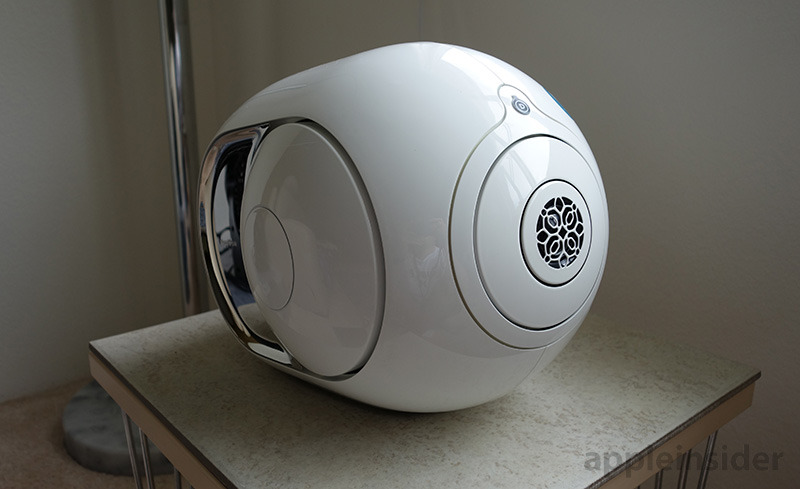
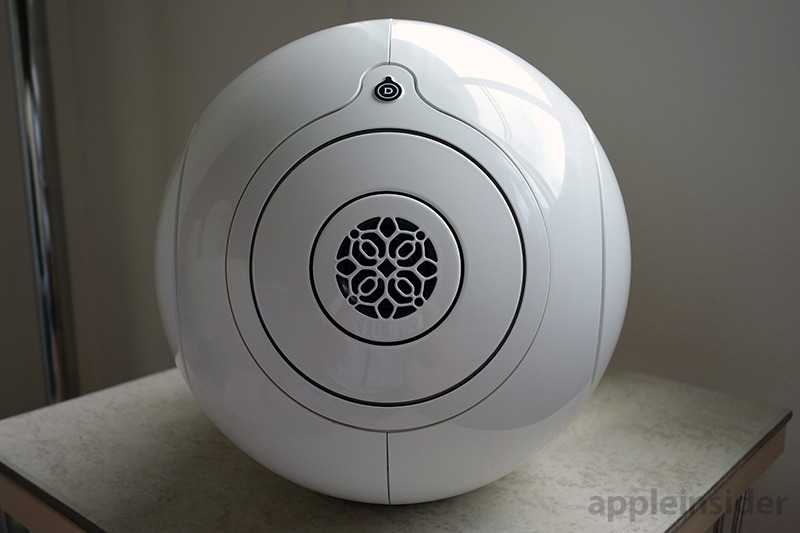
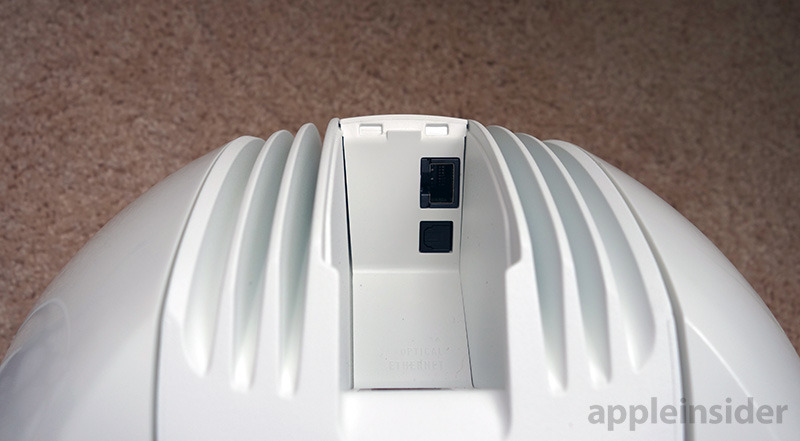
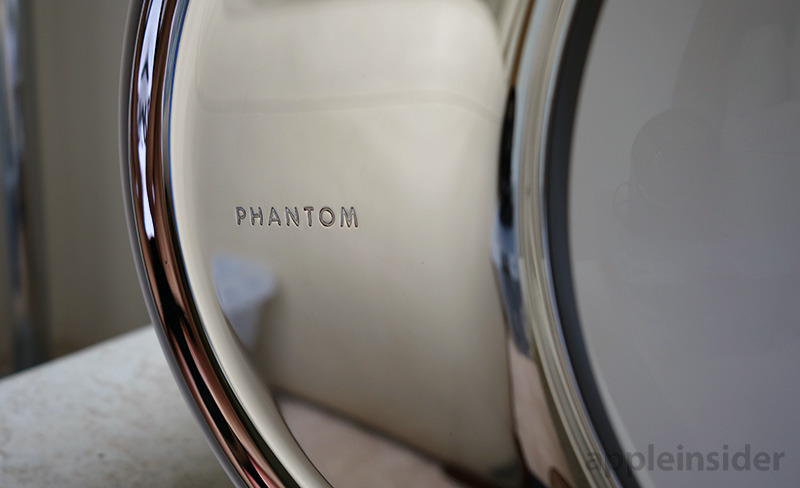
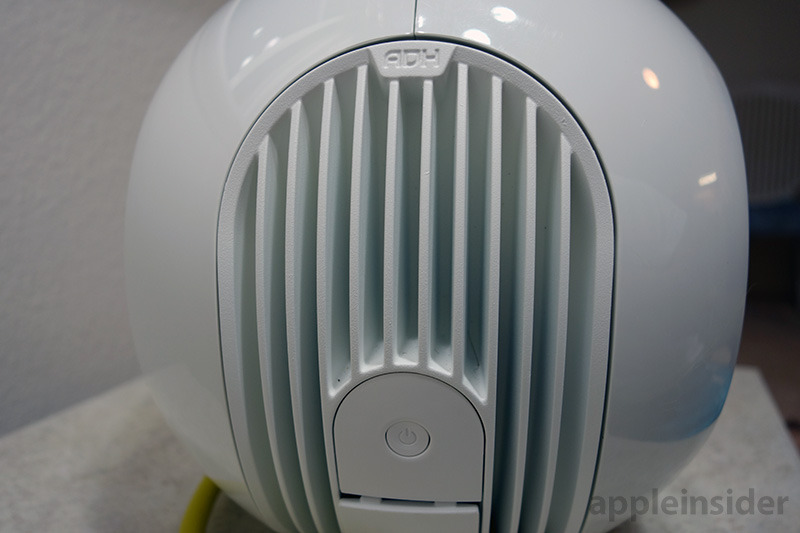
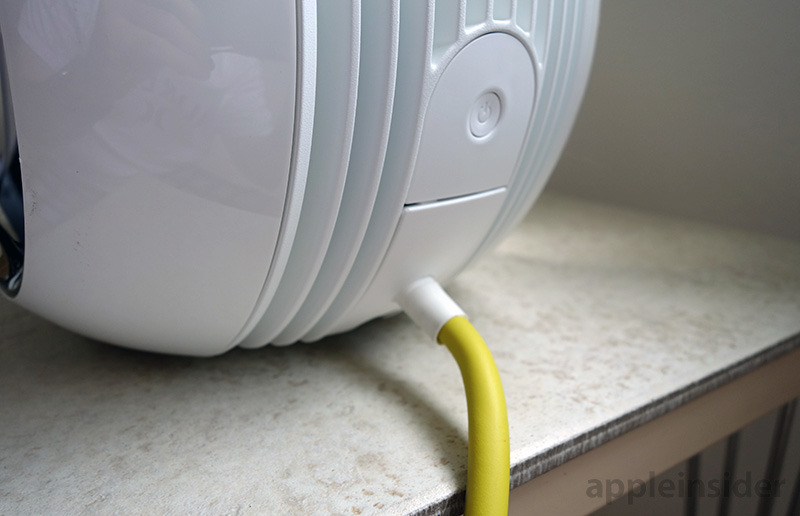
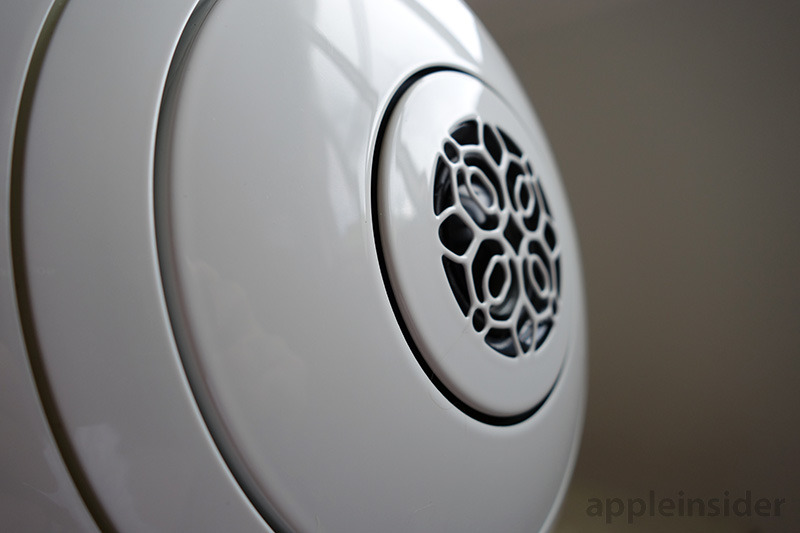




-xl-m.jpg)


-m.jpg)






 Wesley Hilliard
Wesley Hilliard
 Christine McKee
Christine McKee
 Amber Neely
Amber Neely
 William Gallagher
William Gallagher
 Malcolm Owen
Malcolm Owen

 Mike Wuerthele
Mike Wuerthele









29 Comments
The statement, "
The idea of using a microphone to avoid distortion in a speaker system seems interesting. It's obviously much easier to make a microphone that can accurately capture (
But the sound volumes we're talking about here seem kind of crazy to me.
But ... but ... There is no such thing as good Hi Fi over 'wireless connections', I was told this over and over a week or two ago right here on AI!
No doubt this appears nice, but for $2000 for this seems overpriced compared to what $2000 can buy in A/V equipment these days.
That YouTube link wasn't what I meant to link to. Not digging it... Sorry!
Not that we're hearing the real of course, but this is what I meant to link to:
https://www.youtube.com/watch?v=AxVFvfLCzxA
Funny though, hearing these through an awful microphone, and then through laptop speakers, I actually think the brain somehow generates a hint of the original sound quality. Or maybe I'm imagining things, which would be interesting too I suppose.